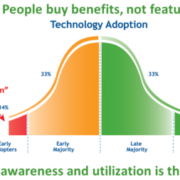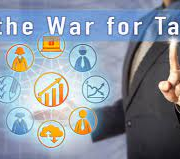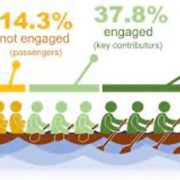In the digital world, it’s all about employee adoption & utilization
Numerous studies have documented that the vast majority of AI projects over the past several years have failed to achieve their desired outcomes. Much of that failure has been the result of a large percentage of companies who have not been successful in getting their employees to adopt and utilize it.






